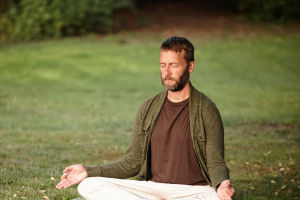Hey Lykkers! Let’s play with gravity for a second. Imagine you’re floating in space, sipping coffee… and then it spills—everywhere. No up, no down, just chaos! That’s the reality astronauts deal with in zero gravity. So here’s the big question: can we create artificial gravity in space? And if so—how close are we?
Let’s float through the facts and find out!
Why Do We Even Need Artificial Gravity?
Sure, weightlessness looks fun, but long-term exposure to zero gravity can seriously mess with the human body. Think muscle loss, brittle bones, fluid shifts, and even vision problems. Astronauts on the ISS exercise two hours a day just to keep their bodies from breaking down.
Artificial gravity could be a game-changer for space travel—especially for future missions to Mars or long-term space habitats. But how exactly can we fake gravity?
The Classic Solution: Spinning Space Stations
Remember those giant rotating space stations in sci-fi movies like 2001: A Space Odyssey? That’s not just fiction—it’s based on real physics.
Here’s how it works:
- When a space station spins, the centrifugal force pushes objects (and people) outward, mimicking the feeling of gravity.
- The faster it spins—or the larger its radius—the stronger that artificial gravity feels.
This concept is called centrifugal artificial gravity, and it’s one of the most studied methods. The trick is to spin it just right—too slow and it’s ineffective, too fast and astronauts get dizzy!
The Science (Without the Headache)
Let’s break it down simply:
If you build a ring-shaped spacecraft and make it rotate, the people inside will feel pushed to the outer edge—just like you feel pressed against the wall in a spinning carnival ride. That “push” can be fine-tuned to feel just like Earth’s gravity.
The bigger the ring, the slower it needs to spin to feel like 1G. That’s why most sci-fi stations are huge—to avoid motion sickness and make life comfy.
Real Projects in the Works?
You bet! While we haven’t built a spinning space station yet, companies like Blue Origin and NASA have explored the concept. There’s even a proposed design called the Voyager Station, which could become the first commercial space hotel with artificial gravity—planned for the 2030s (fingers crossed!).
There’s also research into short-radius centrifuges inside spacecraft. These would be smaller spinning chambers where astronauts could “work out” with gravity for a few hours a day.
Could We Just Fake Gravity with Tech?
Unfortunately, no high-tech magnets or gizmos can simulate gravity across the whole body. Electromagnetic solutions don’t replicate that natural pull we feel on Earth. For now, centrifugal force is still the best bet.
Final Thoughts
So Lykkers, the answer is yes—we can create artificial gravity, and the science is rock-solid. The real challenge is building big enough, reliable systems that can support long-term space living. But as we gear up for Mars and beyond, spinning space habitats might soon go from science fiction to science fact.
Ready to pack your bags for a gravity-friendly space hotel? Let’s just wait for the construction crew to catch up!


